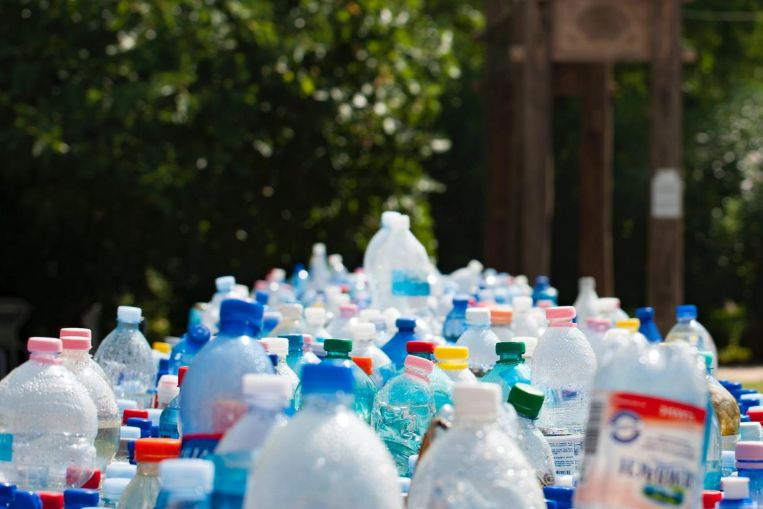SINGAPORE (BLOOMBERG) – Producers of plastics across Asia may be bringing on more plants to meet the ever-growing demand for everything from face masks to automobile spare parts, but their strategy isn’t translating to profits just yet.
That’s because the rising costs of crude and other raw materials – namely oil-based naphtha and liquefied petroleum gas – are coinciding with more petrochemical output and the inability of producers to pass on higher expenses to consumers, resulting in lower margins, prompting smaller factories to mull run cuts.
Plastic makers are finding themselves in an increasingly crowded space as more oil refiners focus on producing plastics over traditional fuels such as gasoline and diesel. The rebound of crude prices after a pandemic-driven crash and higher naphtha and LPG costs pushed profits from producing ethylene in Asia near its lowest in more than a year.
Petrochemicals, the building blocks of plastics, are made from processing naphtha and LPG, or propane and butane. Production units that are part of a larger refinery complex can tap on raw material produced on-site as a by-product of oil distillation, while standalone plants have to procure feedstock from the open market.
“The market will be tested in the near term, the third quarter especially,” said Armaan Ashraf, senior analyst at FGE. Plants without a fully-integrated refining system and ready access to affordable feedstock may be forced to cut runs, he added.
For units that rely on LPG, a surge in U.S. propane prices coupled with lower supplies from Saudi Arabia due to an unplanned disruption boosted costs, said traders. Benchmark Far East propane swap prices went past $660 a ton on Wednesday, the highest since October 2018. Prices have risen by a third since mid-April.
Asia, led by China, has seen a massive increase in new petrochemicals capacity. In South Korea, GS Caltex Corp. and LG Chem Ltd. are starting trial runs on new units with a combined 1.55 million tons-a-year capacity, while China’s Sinopec will likely start its 800,000 tons-a-year mixed-feed cracker next month. China is also building more propane dehydrogenation plants that turn propane into petrochemicals.
More stories like this are available on bloomberg.com. New secondary FTP for English language news deliveries Nov 2020 ©2021 Bloomberg L.P.













































